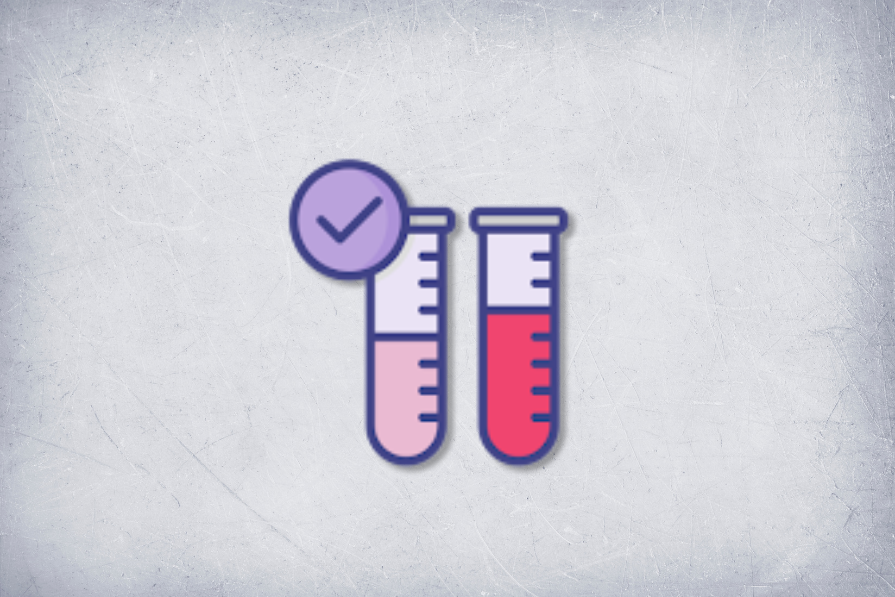
""The number one mistake? Treating the MVP like a mini version of the final product - smaller, scrappier, but still held to the same success metrics as a full launch.""
""If you can't answer why, your MVP has failed. Because learning, not launching, is the entire reason why your MVP exists.""
""Your MVP exists to test your riskiest assumptions, not to become a feature-lite version of your dream product.""
""I've seen technical teams generate 90 percent of their assumptions in the 'feasibility' category, casually ignoring whether it's a problem worth solving in the first place.""
The article emphasizes the common mistake of misinterpreting the Minimum Viable Product (MVP) as a smaller version of a final product rather than a tool for learning. It highlights the importance of testing assumptions that are crucial for success, advocating for David Bland's assumptions mapping framework to categorize assumptions into desirability, feasibility, viability, usability, and ethics. By prioritizing the riskiest assumptions, teams can effectively focus their testing strategies and gather insights that drive product development.
Read at LogRocket Blog
Unable to calculate read time
Collection
[
|
...
]